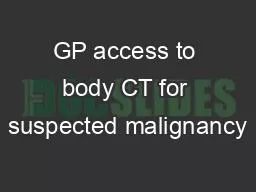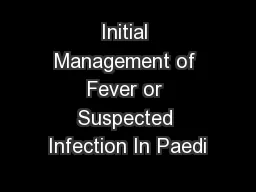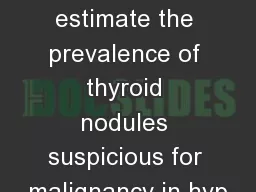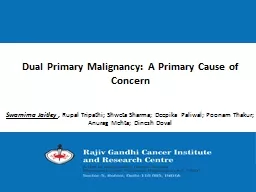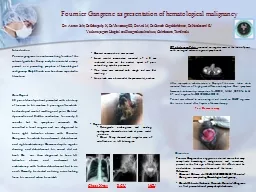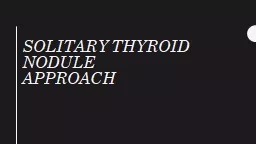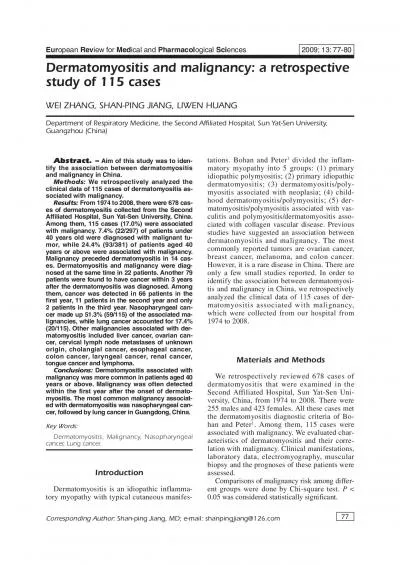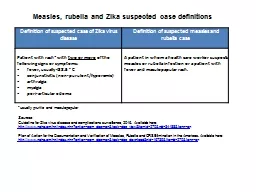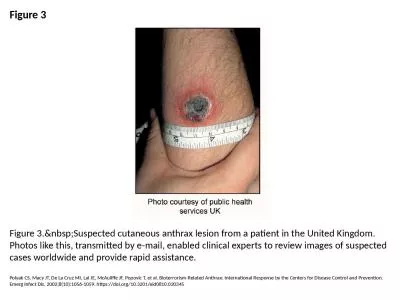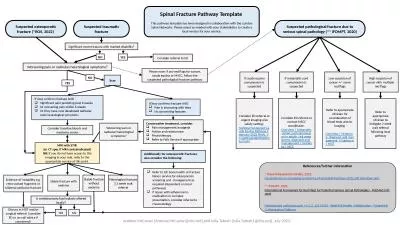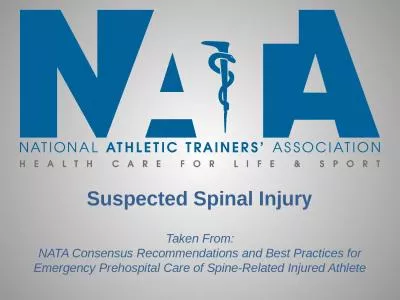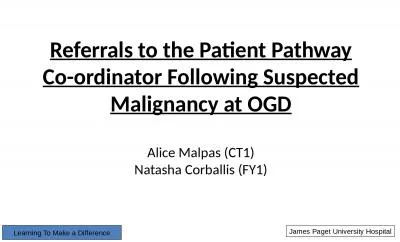PPT-GP access to body CT for suspected malignancy
Author : backbays | Published Date : 2020-06-23
Pilot audit results Dr Allan GreenDr Stephen Glancy Radiology NHS Lothian Referrals 28 referrals 1 patient refused scan 1 request was actually for CT brain 1 should
Presentation Embed Code
Download Presentation
Download Presentation The PPT/PDF document "GP access to body CT for suspected malig..." is the property of its rightful owner. Permission is granted to download and print the materials on this website for personal, non-commercial use only, and to display it on your personal computer provided you do not modify the materials and that you retain all copyright notices contained in the materials. By downloading content from our website, you accept the terms of this agreement.
GP access to body CT for suspected malignancy: Transcript
Download Rules Of Document
"GP access to body CT for suspected malignancy"The content belongs to its owner. You may download and print it for personal use, without modification, and keep all copyright notices. By downloading, you agree to these terms.
Related Documents

